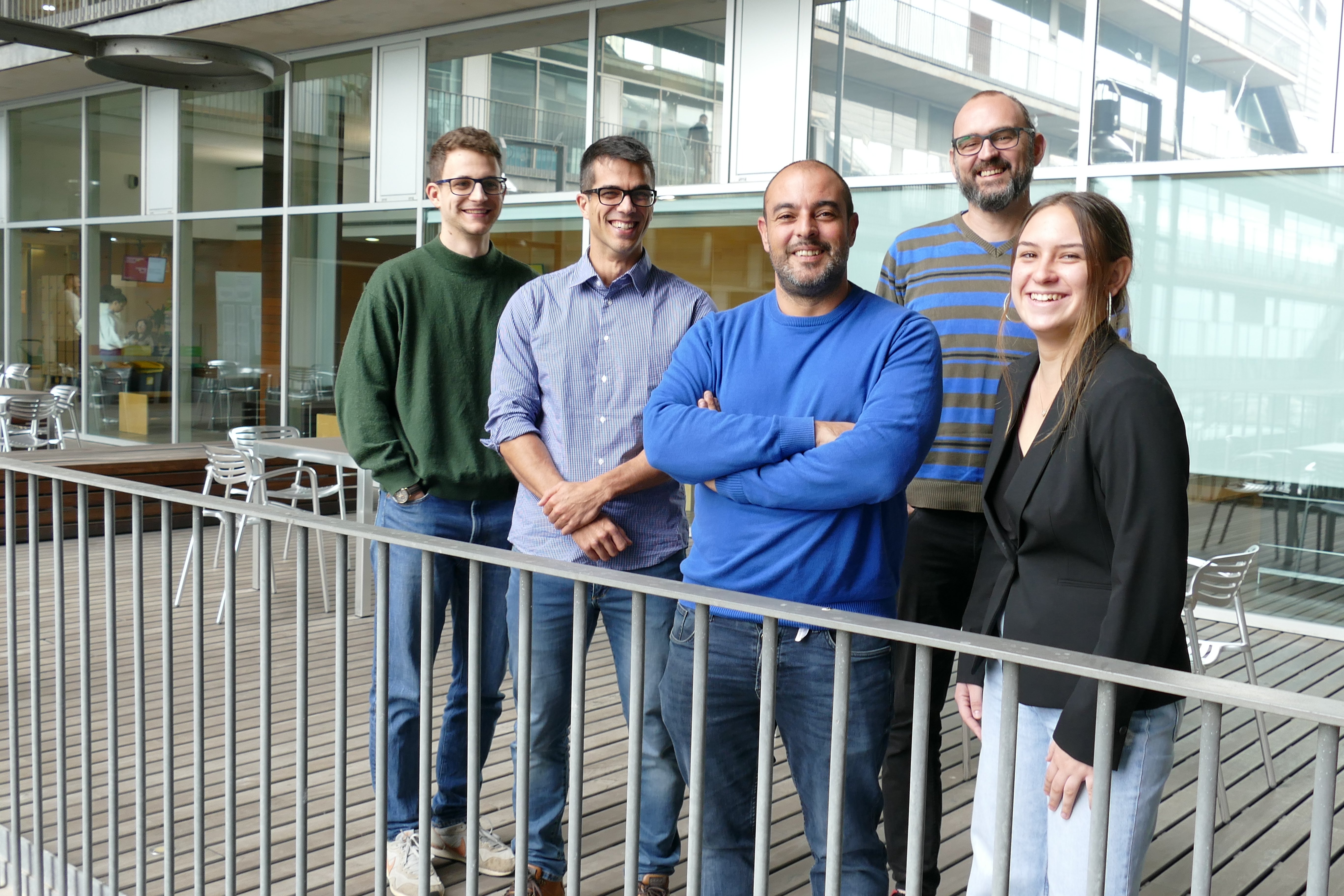Overview
The Scientific Computing Core Facility (SCC) is a specialized service to support the computational needs of researchers. This service provides access to advanced computing resources and specialized software packages, as well as expert technical support and training on how to use these resources effectively. The goal of the SCC is to help researchers solve complex computational problems and accelerate their research by providing access to cutting-edge technology and expertise. The services offered include high-performance computing (HPC), data management, virtualization, among others.
Our service is designed to be highly scalable and flexible, allowing users to allocate resources as needed for their specific tasks. We provide comprehensive support to our users, including technical support, troubleshooting, and consultation services. Our mission is to help users maximize the potential of our computational cluster and ensure that they have a seamless and productive experience.
HPC
High-Performance Computing (HPC) refers to the use of advanced computing techniques and technologies to solve complex problems that require significant computational power. HPC is a broad term that encompasses the use of powerful computers (supercomputing) or computing clusters. These systems use parallel processing and high-speed networks to tackle and solve computational problems that are beyond the capabilities of conventional computers.
HPC is used for analyzing massive datasets. It enables scientists and researchers to process and analyze vast amounts of data to extract valuable insights, patterns, and trends.
Marvin
The SCC has a comprehensive computational cluster consisting of 56 nodes and 2 nodes with GPU, all of which are equipped with 1136 cores and 10TB of memory. The filesystem uses a Spectrum Scale of 700TB, which provides ample storage for large datasets and files. We use the SLURM job scheduler and EasyBuild software management system, which allow users to easily manage and execute their jobs and applications on the cluster.
Hosting
In addition, we offer a Proxmox Virtualization Cluster that can host web services, containers, and other applications. This cluster is highly customizable and provides users with the ability to create and deploy their own virtual machines, containers and applications.
Training Courses
We also provide computational training courses to help users learn how to effectively use the cluster and its various components. These courses cover a range of topics, including programming, data analysis, and machine learning, among others.
Scientific Computing Core Facility
PRBB building (Mar campus)
Doctor Aiguader, 88
08003 Barcelona
+34 93 316 08 06








